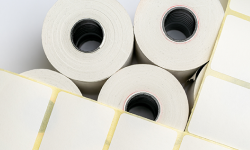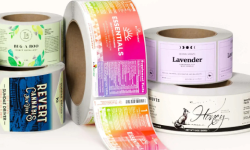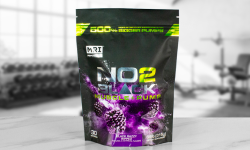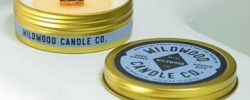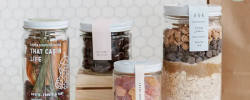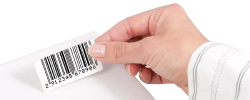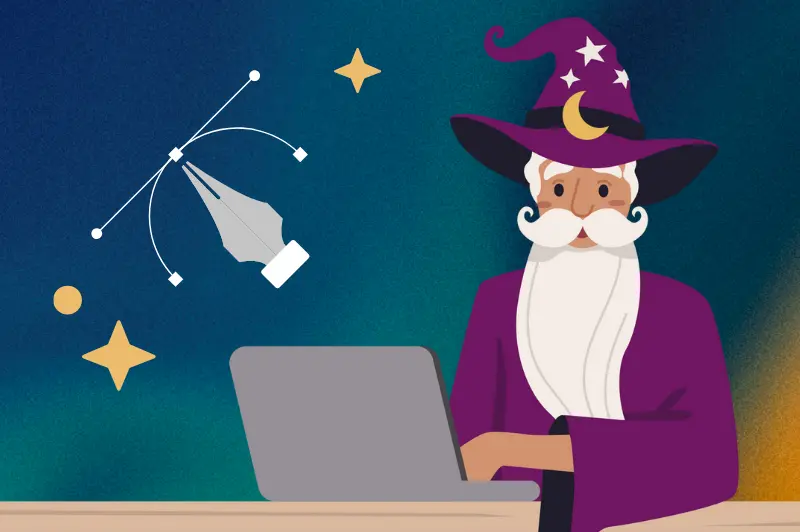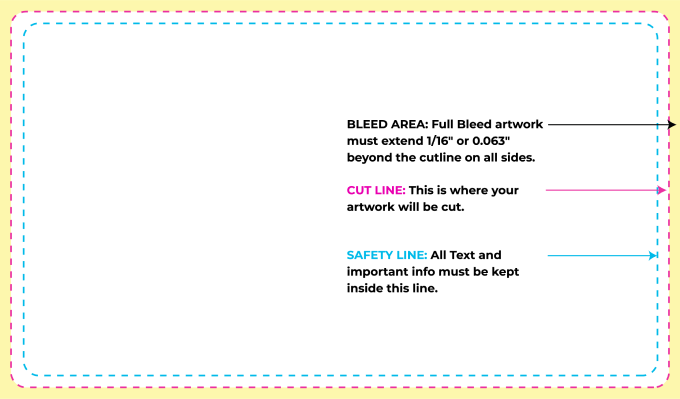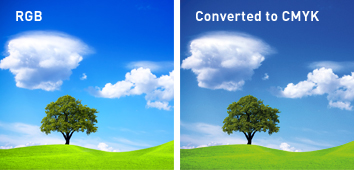Your label's journey from digital file to printed masterpiece can be straightforward with just a little prep work. Follow the guidelines below for the easiest, fastest, and most cost-effective production of your product labels.
If you need help with the label design itself, take advantage of our Graphic Design Services.
You’ll find our Frequently Asked Questions page is also helpful tool when creating your custom labels, so be sure to check it out!
Once your artwork files have successfully made it through the proofing process, any subsequent revisions will require us to repeat the entire process for any replacement files. Please note that you will be charged for each file that requires revisions, so it's critically important that you check your artwork for accuracy before submitting to us.
